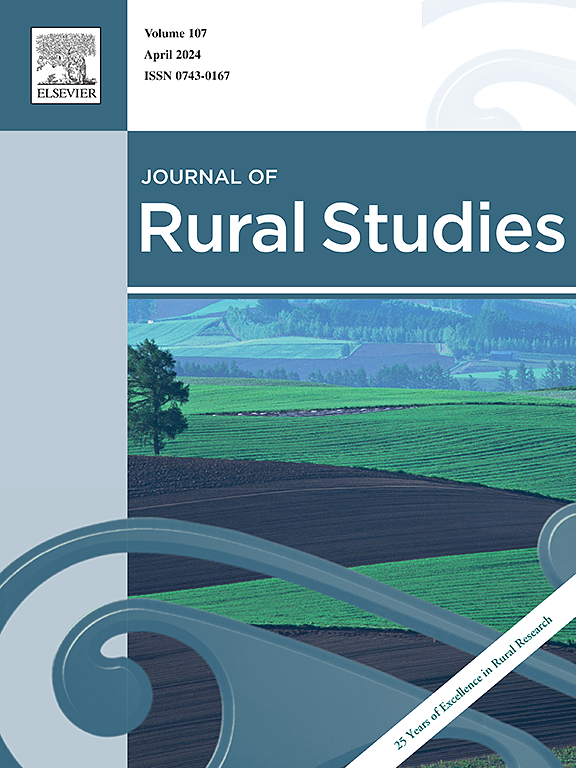爱也好,恨也罢:炎热和湿度在吸引居民到热带城市中的作用
IF 5.7
1区 社会学
Q1 GEOGRAPHY
引用次数: 0
摘要
全球北方的许多区域和农村地区面临人口下降和吸引和留住长期居民的挑战。尽管有关于国内移徙决定因素的成熟文献,但仍然不清楚为什么有些地区尽管有就业机会和便利设施,却不能吸引国内移徙者。在这里,我们以澳大利亚北部城市达尔文为例,探讨了一个研究不足的因素,即炎热潮湿的气候。根据愿望-能力框架,我们进行了一项全国性的在线调查,以检查居住在或避免居住在达尔文的意愿及其潜在原因(n = 1653)。描述性和回归分析的结果显示,接近六分之一的澳大利亚人愿意搬到达尔文,尤其是男性、有孩子的家庭、耐热者和对城市经济和气候有良好了解的人。使用主成分分析,我们确定了三个主要障碍,它们共同解释了69%不考虑搬到达尔文的差异。其中包括便利设施不足(46%),地理障碍,包括高温和偏远的综合影响(13%)和高生活成本(10%)。这些表明存在特定地点的障碍,热是几个障碍中的一个,而不是避免的单一原因。值得注意的是,除了年龄之外,对达尔文和同伴影响的先入为主的观念是在达尔文生活的最大障碍。随着气候变化的加剧,旨在吸引个人前往非大都市热带城市的政策应优先解决和减轻负面的先入之见,包括与气候有关的先入之见。本文章由计算机程序翻译,如有差异,请以英文原文为准。
Love or hate it: the role of heat and humidity in attracting residents to a regional tropical city
Many regional and rural areas of the Global North face declining populations and challenges in attracting and retaining long-term residents. Despite a well-established literature on the determinants of internal migration, it is still not clear why some regions fail to attract internal migrants despite employment opportunities and access to amenities. Here we explore the role of an under-researched factor, a hot and humid climate, using Darwin, acity in northern Australia, as a case study. Drawing on the aspiration-capability framework, we conducted a national online survey to examine willingness to live in, or to avoid, Darwin and the underlying reasons (n = 1653). Results from descriptive and regression analysis show that close to one in six Australians is willing to move to Darwin, particularly men, families with children, heat tolerant individuals and those with a good knowledge of the city's economy and climate. Using Principal Component Analysis, we identify three main barriers which together explain 69 % of the variation in not considering moving to Darwin. These include amenity deficiencies (46 %), geographical barriers, including the combined impact of heat and remoteness (13 %) and high costs of living (10 %). These demonstrate the presence of place-specific barriers, with heat one among several rather than being a single reason for avoidance. Notably, preconceptions about Darwin and peer influence are, besides age, the strongest determinants of perceived barriers to living in Darwin. As climate change is set to intensify, policies aimed at attracting individuals to non-metropolitan tropical cities should prioritise addressing and mitigating negative preconceptions, including those related to climate.
求助全文
通过发布文献求助,成功后即可免费获取论文全文。
去求助
来源期刊

Journal of Rural Studies
Multiple-
CiteScore
9.80
自引率
9.80%
发文量
286
期刊介绍:
The Journal of Rural Studies publishes research articles relating to such rural issues as society, demography, housing, employment, transport, services, land-use, recreation, agriculture and conservation. The focus is on those areas encompassing extensive land-use, with small-scale and diffuse settlement patterns and communities linked into the surrounding landscape and milieux. Particular emphasis will be given to aspects of planning policy and management. The journal is international and interdisciplinary in scope and content.
 求助内容:
求助内容: 应助结果提醒方式:
应助结果提醒方式:


